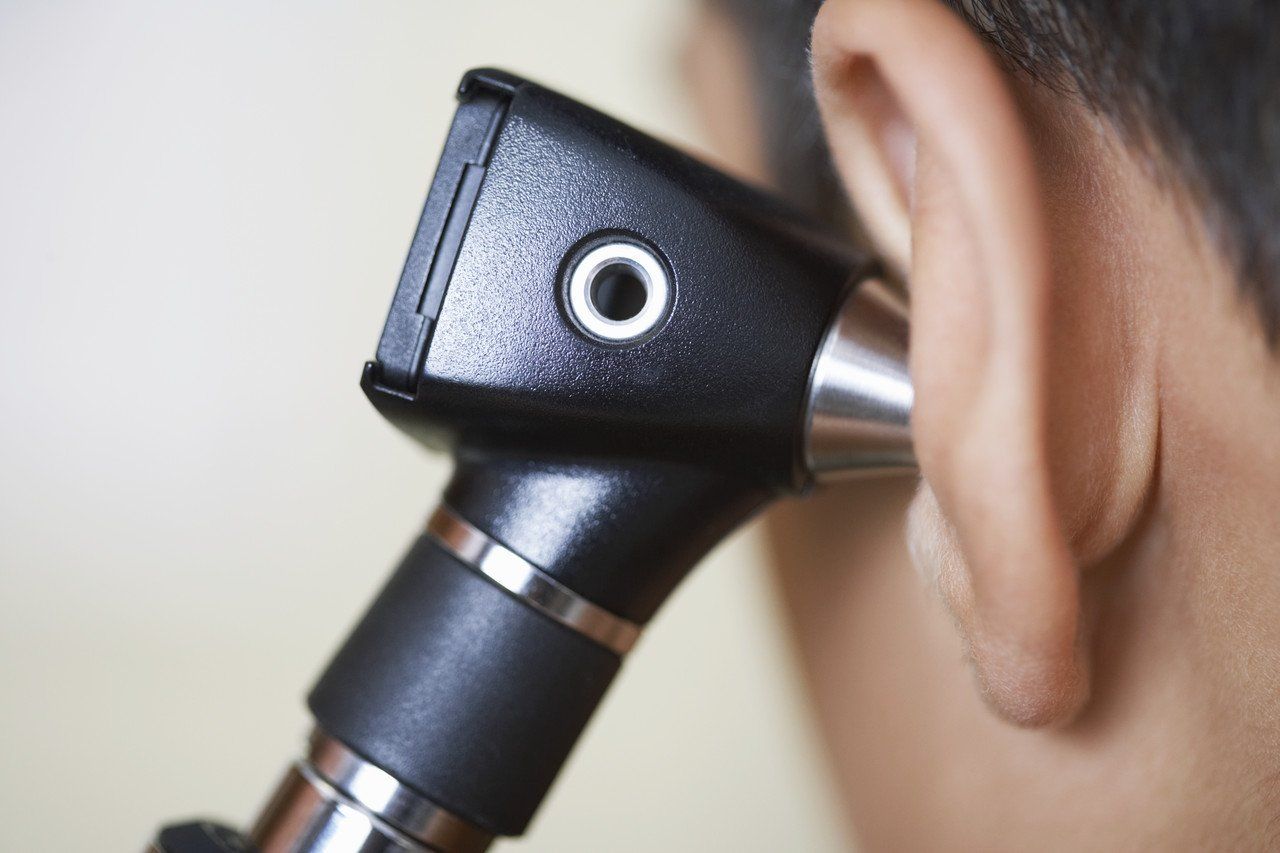Hearing is important
All ages, get tested free

PROTECTING YOUR EYES IS IMPORTANT
Join free Classes meet someone like you. young or Old

Getting a hearing test
Hearing tests are painless and non-invasive. Most occur in a quiet, sound-treated room (booth) or enclosure designed to keep out any other noises which might affect your hearing exam scores, such as the heater, air conditioner or office environment. You will be asked to wear headphones or soft earplugs with wires connected to an instrument called an audiometer that is used to conduct the test.
The sound-treated booth may also be equipped with specially-placed speakers used for testing infants, small children or people who need to be tested while wearing hearing aids or cochlear implants.
Once in the booth, your hearing care professional will communicate with you and provide instructions through your headphones. You will be asked to listen to tones at different pitches and volumes and push a button or raise your hand when you hear them. You will have to focus and listen carefully because you need to respond even if the tone sounds very soft and you can barely hear it. The test measures the very softest sounds you can hear at each frequency tested. This part of the test is called pure tone Audiometry.
Speech Audiometry is another component of most hearing tests, and it uses recorded or live speech instead of pure tones. The speech portion of the exam evaluates the softest speech sounds (threshold) you can hear and understand. You will then be asked to repeat back words that are presented at a level well above threshold to see how well you can understand them accurately. Some practitioners use speech sounds to determine your most comfortable listening level and the upper limits of comfort for listening.
If necessary, the practitioner may perform tympanometry and a test of your acoustic reflexes. For these tests, a soft plug that creates pressure changes and generates sounds will be placed in the ear. This will determine how well your eardrum is moving and will measure the reflexive responses of the middle ear muscles.



